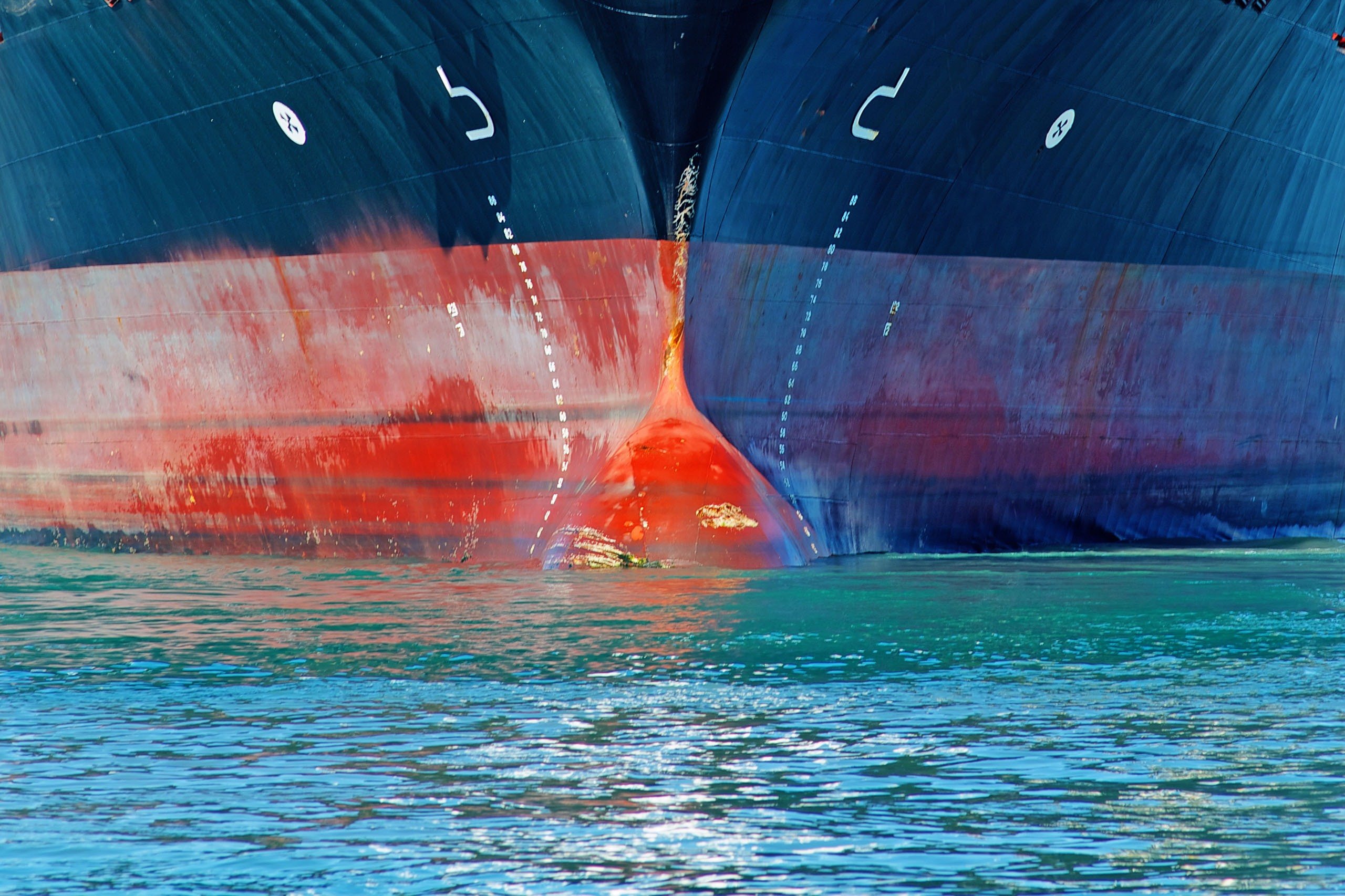
When a bodily injury incident occurs on board a vessel, the focus is usually on the owners of the vessel. Their P&I Club will have been notified of the incident and the handling of the claim will play out accordingly. This may be because, in general, charterers do not control the vessel’s operations and do not have employees on board. However, there are situations where the charterers are the primary target for liability, and charterers may be brought into a suit either by the injured party or by the owners for indemnity or contribution.
1. Charterparty holding charter responsible
Charterers should have a good handle on who is responsible for what in their charterparties. One area where charterers may face liability is in the loading and discharging of cargo. A charterparty may assign responsibility for injury to a longshoreman to the charterer. An example of such language may be Clause 8 of the NYPE 2015 charterparty, which states:
The Master shall perform the voyages with due despatch and shall render all customary assistance with the Vessel’s crew. The Master shall be conversant with the English language and (although appointed by the Owners) shall be under the orders and directions of the Charterers as regards to employment and agency; and the Charterers shall perform all cargo handling, including but not limited to loading, stowing, trimming, lashing, securing, dunnaging, unlashing, discharging, and tallying, at their risk and expense, under the supervision of the Master.
In Turner v. Japan Lines, Ltd, 651 F. 2d 1300 (9th Cir. 1983), the court concluded that a similarly worded Clause 8 placed responsibility for injuries to longshore workers caused by negligence during cargo operations on the time charterer, not the owner. Therein, it stated that:
“The Second Circuit in Fernandez [v. Chios Shipping Co., 542 F.2d 145 (2d Cir. 1976)] faced the identical issue. It held that Clause 8 of the charter party, which makes the Time-Charterer responsible for the “load, stow, trim and discharge” of the cargo, … also makes the Time-Charterer primarily liable for any injury to cargo or longshoremen which results from the improper performance of those operations. We agree with the decision of the Second Circuit. Because plaintiff’s injury was caused by improper loading of the cargo, we hold that the Time-Charterer must indemnify the Owner for any damages paid to plaintiff.”
In a footnote, the Ninth Circuit did address a conflicting Fifth Circuit opinion, which is worth noting:
“Defendant Time-Charterer argues that the Fifth Circuit reached a contrary conclusion in D/S Ove Skou v. Hebert, 365 F.2d 341, 351-52 (1966). That case was decided prior to the 1972 amendments to the LHWCA. The court denied the Owner indemnity from the Time-Charterer for damages owed to an injured longshoreman, under Clause 8 of the charter party. See id. at 344 n. 5. The court held that the Time-Charterer made no warranties to the Owner that the stevedores hired by the Time-Charterer would perform in a workmanlike manner. The jury had found that the Owner negligently maintained its ship in a defective condition, and that the stevedore negligently failed to discover the condition and correct it. In contrast, in the case at bar the negligence found by the jury occurred in the course of precisely those operations for which the Time-Charterer had assumed contractual responsibility. The defect was not one in the ship’s equipment, as it was in Hebert. Had it been, we would certainly reach a different result, since the Owner expressly warranted in the charter party that it would maintain the ship in a seaworthy condition.”
If longshore workers in the U.S. are involved, LHWCA 905(b) (see article on 905(b)) would apply and duties owed by the charterers would in general be limited to the Scindia duties. In applying Scindia, the U.S. Supreme Court has held that the “exercise of reasonable care does not require the shipowner [and presumably the charterers] to supervise the ongoing operations of the loading stevedore (or other stevedores who handle the cargo before its arrival in port) or to inspect the completed stow.” (Howlett v. Birkdale Shipping Co., 512 U.S. 92 (1994.)) Rather, the turnover “duty [to warn] attaches only to latent hazards, defined as hazards that are not known to the stevedore and that would be neither obvious to nor anticipated by a skilled stevedore in the competent performance of its work. Furthermore, the duty encompasses only those hazards that “are known to the vessel or should be known to it in the exercise of reasonable care.” Id.
So while it may be the charterers, not the owners, responding to injury claims in these situations, the claim may very well be defensible.
2. Injury resulting from cargo
Beyond injuries during cargo operations, injury and death can occur as a result of issues associated with the cargo itself. Such incidents would generally be for charterers to handle. Two examples follow.
a. Misdeclared cargo
Explosions or other conflagrations may occur on board a vessel. During the course of fighting the fire or otherwise being near the fire, the vessel’s crew may become injured or killed. In the worst case scenario, those incidents could cause the vessel to capsize.
If such a tragic incident were to occur, the matter would naturally be thoroughly investigated. One way that the charterers may be held liable for such an instance is if the charterers’ cargo on board exploded, particularly if the cargo was misdeclared. The charterers need to be careful to ensure that the vessel is properly informed of the cargo it is shipping, because if such an incident occurred, especially within U.S. jurisdiction, you can be sure that the charterers will be brought into a claim or lawsuit.
b. Liquefaction of cargo
Another cargo situation where the charterer may be held liable is where there is liquefaction of the cargo. If liquefaction of the cargo occurs on board a bulk carrier, the vessel may become so unstable that it capsizes, resulting in loss of life. A somewhat recent example of such an incident was the BULK JUPITER, where 18 crew members lost their lives. The investigation identified possible liquefaction of the bauxite cargo as a factor that could have led to an unrecoverable starboard list and ultimate capsizing, and as mentioned above, the cargo did not appear to be properly declared. While these may not have been the only factors that ultimately caused the death of the crew, it would be enough for the charterers to bare significant responsibility for such an incident.
3. Off-spec bunkers
The last area of potential charterer liability that we will address here is related to bunkers provided by the time charterer. When a bunker is provided by the charterer, there can be situations where the bunkers are off spec. Such off-spec fuel may cause noxious gases from the bunker tank to seep into areas inhabited by crew, including the chief engineer.
Such exposure may cause poisoning that would require immediate treatment. The exposure may also cause the crew to become dizzy and unsteady, resulting in a fall and injury. For the foregoing reasons, it is important that charterers are mindful of bodily injury risks and prepare accordingly.
4. Handling bodily injury claims
Now that we have highlighted some of the bodily injury risks associated with charterers, the question becomes how charterers should handle claims arising from such claims. First, charterers should be familiar with their P&I cover (for the UK Club Charterers Terms and Conditions, see Clause 2.2) and make sure that the appropriate claims executive, meaning one who specialises in bodily injury claims, is notified of the incident as soon as possible. The Club’s emergency line should be used, if needed.
Among other things, charterers may need to notify the appropriate authorities of a given jurisdiction and follow the relevant rules and regulations, perhaps with the assistance of counsel. For example, in the U.S., a Coast Guard 2692 form may need to be completed. Depending on the nature of the incident, counsel may be instructed to represent the charterer, who may inspect the vessel, perhaps with a qualified expert in the area at issue.
Counsel may also be instructed to respond to owners’ and/or claimants’ legal representation. One reality for charterers, however, is that maritime lawyers in a given jurisdiction may be conflicted if they have previously represented the owners, so that is another reason why it is so important to be promptly notified. Finally, should suit be brought against the charterer, it is vital that the Club be informed so that the claims executive can develop the appropriate litigation strategy.
Charterers’ risk in bodily injury sometimes seems to feel overlooked. We hope that the foregoing has provided some assistance for when those risks may occur and some guidance on how best to handle such an event.




